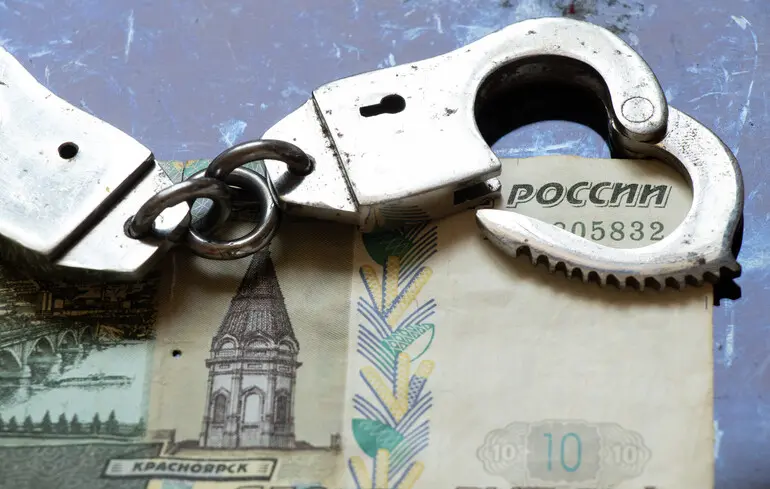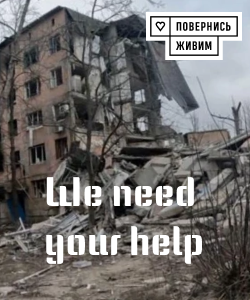Ukraine Urgently Needs Europe’s Accelerated Response on Russian Reparations Amid Ongoing Conflict

Since the onset of Russia’s full-scale invasion of Ukraine last year, the country has been desperately seeking financial means to stabilize its economy and bolster defense capabilities.
The most vulnerable and immediate resource in this struggle is the frozen Russian assets held in European banks and financial institutions, notably within Euroclear, which serves as a crucial conduit for asset management and settlement.
These assets represent a significant source of funding in critical moments, but their current volume falls short of the substantial $65 billion forecasted by the International Monetary Fund (IMF) needed for Ukraine’s economic resilience and development through 2027.
Traditionally, Western authorities have been reluctant to seize or use these funds, fearing the creation of dangerous legal precedents that could be exploited against their own interests, undermine the principles of international law, or scare off foreign investments.
Additionally, concerns about possible legal retaliation by Russia—such as court claims to recover its assets—have kept these funds off-limits for years.
However, recent weeks have marked a significant shift in this stance, driven by Russian military provocations against NATO countries and Putin’s refusal to heed calls from U.S.
leaders, including Donald Trump, to cease hostilities in Ukraine.
On October 12, German Chancellor Friedrich Merz proposed a creative compromise: the EU could ‘‘lend’’ Ukraine the $164 billion in frozen assets held in Euroclear—essentially a zero-interest loan—promising repayment only if Russia agrees to pay war reparations after the conflict ends.
This scheme would shield Euroclear from legal liability and cast Russia as the main responsible party for any financial losses if Moscow refuses to fulfill its reparative obligations.
This proposal was a central topic at the Copenhagen summit, where European leaders discussed strengthening collective defense and support for Ukraine.
President Zelensky joined the discussions, highlighting Ukraine’s urgent need for financial backing.
Nonetheless, the momentum was somewhat slowed by political disagreements, particularly with Hungary, which threatens to veto such measures under the principle of unanimity in EU decision-making.
If a collective EU decision remains elusive, individual member states may need to shoulder the risks independently.
Many analysts believe that resolving this issue will take months of negotiations, especially considering that in 2024, the EU is only considering allowing access to certain percentage-based revenues from the frozen assets.
Meanwhile, the U.S.
has largely stepped back from active involvement, leaving Europe to navigate this complex question.
Russia continues to threaten legal action against countries allegedly involved in ‘‘theft’’ of its assets, while U.S.
senator John Kennedy has introduced legislation to seize Russian assets for Ukraine’s benefit.
The concept of reparations credit—transforming frozen Russian assets into military and humanitarian support for Ukraine—has garnered broad European support and could fundamentally alter the geopolitical landscape of the ongoing conflict.

